Why you should try backwards running or walking (Retro Running)
 Karen Parnell
February 10, 2022
Karen Parnell
February 10, 2022
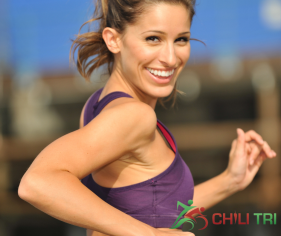
Why you should try backwards running or walking (Retro Running)
Reverse running, retro running, running or walking backward has become popular recently and after watching videos on Instagram from the knees over toe guy I thought I would give it a try.
I tore my MCL during lock down so I’m always keen to try out anything that could help with my ability to get running properly again. The knees over toe guy (aka Ben Patrick) claims that walking or running backwards on the road or treadmill is beneficial for knee rehab. He says that using the treadmill when switched off, so called "Deadmill", is a great way to do this innovative rehab session.
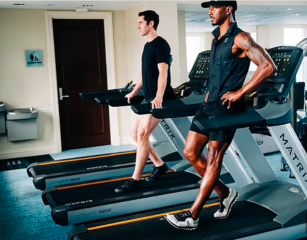
Get your FREE Guide to Running Speed and Technique
Is there science behind backwards walking and running?
According to a 2019 study published in the journal BMC Musculoskeletal Disorders, a six-week retro walking programme resulted in greater reduction in pain and functional disability, and improved quadriceps muscle strength and performance in individuals with knee osteoarthritis, when compared to the forward walking or control groups in the study.
The subjects completed 10 minutes of supervised retro or forward walking training, in addition to usual care, three days a week for six weeks.
Reduces knee pain
In another study published in the Journal of Biomechanics, it was also found that reverse or backward running reduced anterior knee pain. Another study by Chen et al, 2021 showed that walking backwards reduces knee pain.
During a forward walk, most people will begin with the heel first gait (heel strike) as it is more efficient in transferring stored energy into motion so that our muscles don’t have to do as much work.
With each step, some energy of motion is lost when your feet hit the ground. When you walk on the balls of your feet, you lose more energy due to these “collision forces” than you do if you walk heel first.
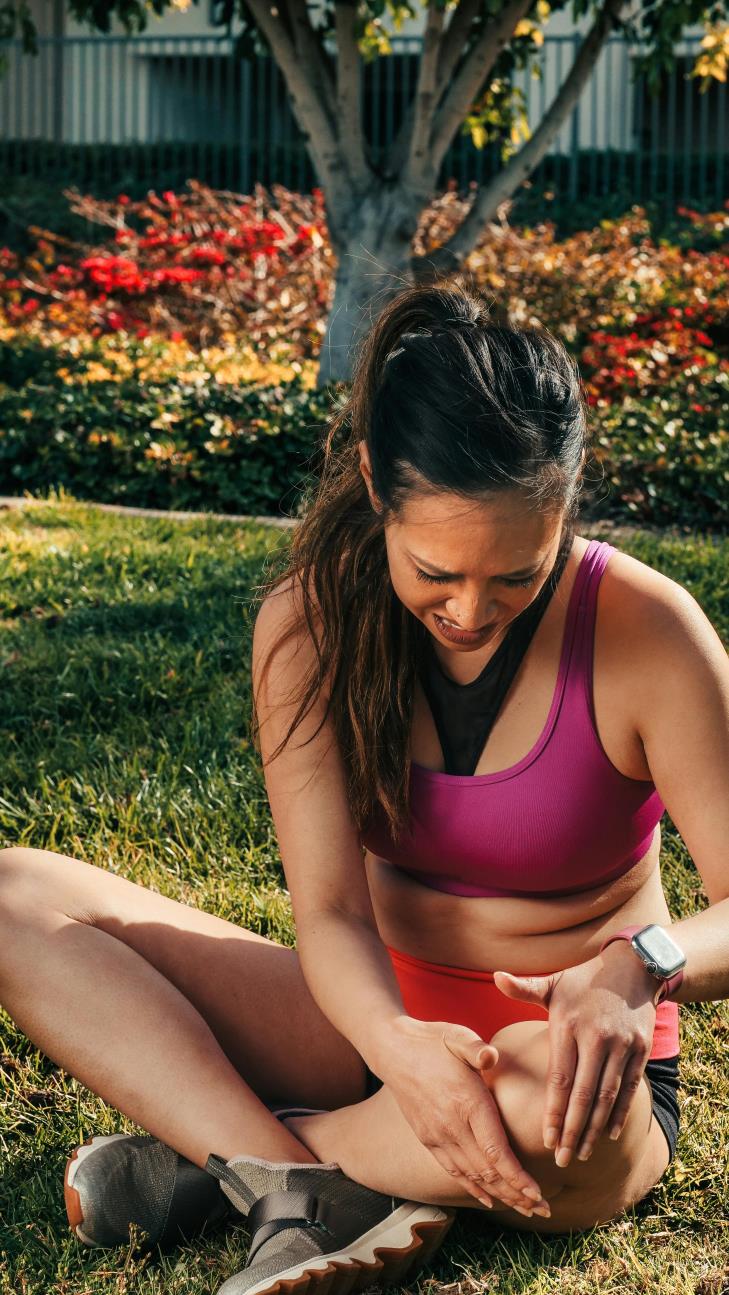
Photo by Kindel Media
Get your FREE Guide to Running Speed and Technique
On the other hand, toe walking (forefoot strike) requires activation of certain calf muscles that don’t need to be used in heel first walking, as your weight is directly supported by your heel.
You can test the benefit of forefoot striking over heel striking by simply jumping up and down on your toes and then jump up
and down on your heels - which direction do you go in each mode?
In backwards walking, the toes have to contact the ground first and the heel is lifted off the ground last, so forefoot striking.
So, even if you have long legs, your strides can’t be too long backward waling or running unless you’re accentuating the movement.
Some running coaches have been using backwards running as part of their drills in order to promote forefoot running when running forwards.
Boosts Memory
Several studies also show that walking backwards can even boost memory power and take you “back” in time.
In 2019, psychologist Dr Aleksandar Aksentijevic at the University of Roehampton, United Kingdom, and colleagues published a study called It Takes Me Back: The Mnemonic Time-Travel Effect in the Cognition journal.
Strengthen your Quads
Walking backwards has been shown to strengthen your quadriceps. Increased quadriceps size and strength protect against knee pain and cartilage loss.
Promotes Blood Flow into your Knees
The promotion of blood flow means there is more fresh blood getting into that area and aids recovery.
Builds a Natural Shock Absorber
The muscles involved in backwards walking (from your toes, through your ankle and up to your knee) act as a shock absorber (Roos et al, 2012), helping to decrease the forces your knee joint experiences with every step and is therefore protective against knee pain and deterioration.
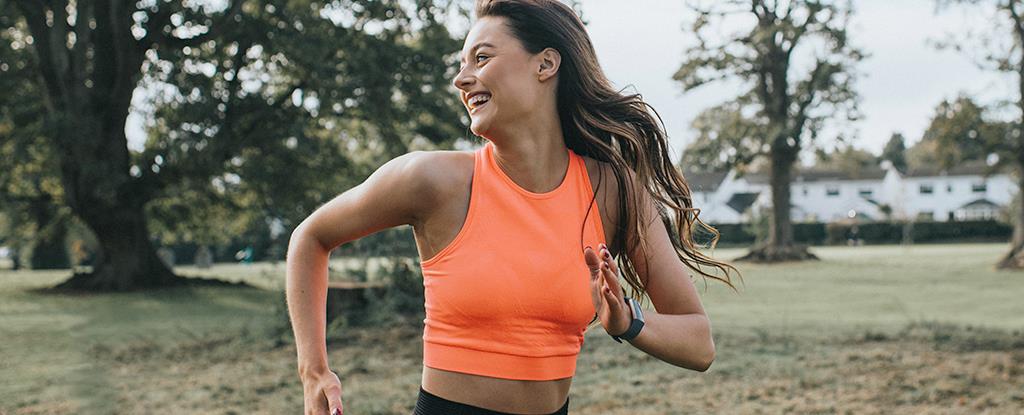
Get some FREE resources including training plans here.
My Experience with Backward Running
The quickest and easiest way for me to try this was to use my treadmill but I could not get it to move with the power off (as the Knees over toe guy suggested) so I did switch it on and increased the speed as I got more confident.
I did notice straight away that there was no knee pain, unlike running forwards. I added a few backwards walks and jogs into my longer run on the flat and downhill. It felt good to make contact with the ground consistently on my toes and my quads and calf’s felt like they had a good workout.
I have since ordered a running drag bag which I plan to use on the mountain slope outside my house, walking backwards of course. This resisted backwards walking and running is another technique the knees over toes guy recommends for knee rehab.
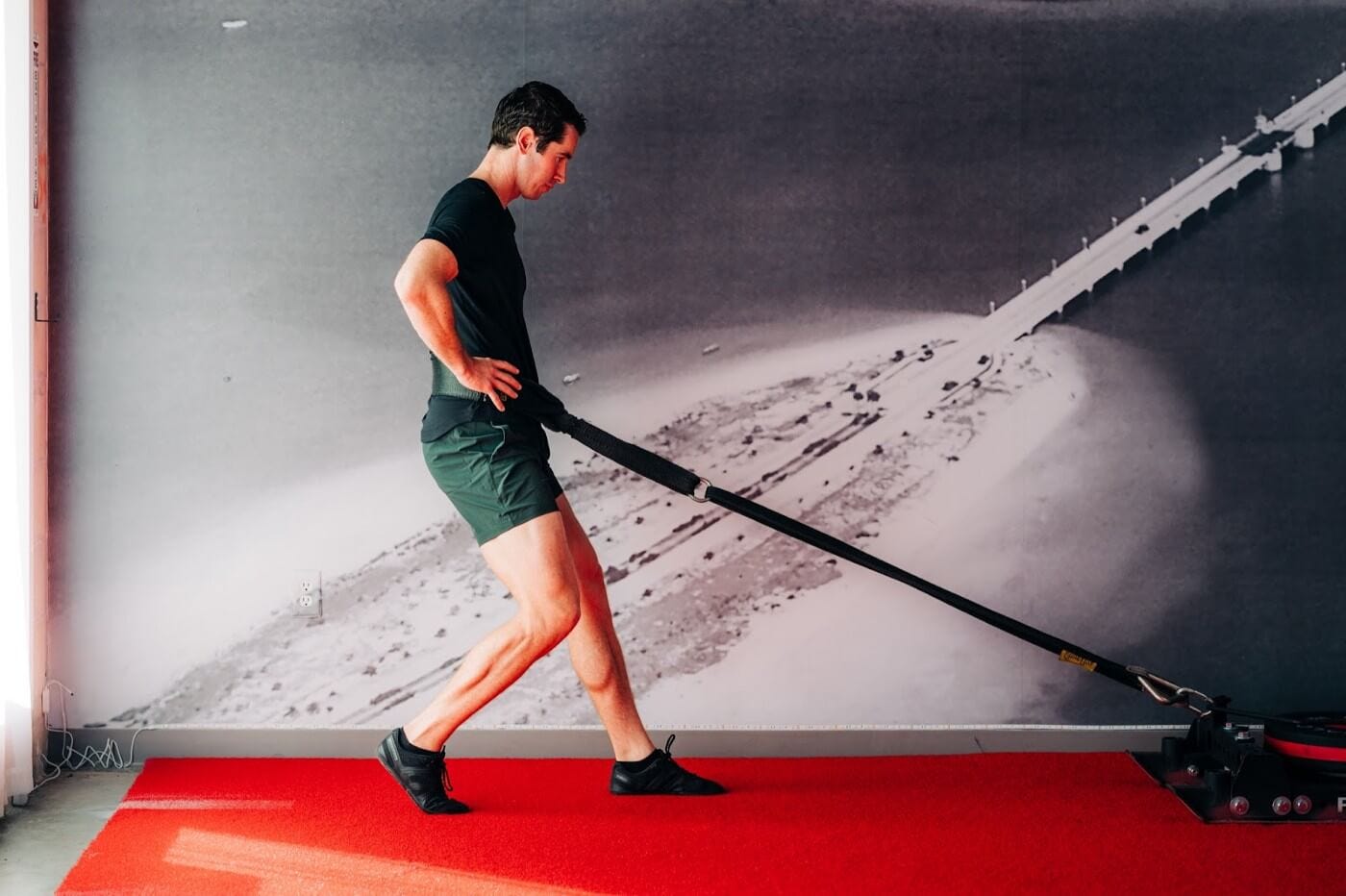
Get some FREE resources including training plans here.
Benefits of Running Backwards
Minimises Burden on Joints
A study by Department of Physical Therapy, Kyungbuk College, Republic of Korea found that backward walking exercise has been the point of interest in many studies. This type of exercise can minimize the burden on joints and increase muscle strength in the lower limbs. In addition, this exercise does not cause adverse effects on the body through the stimulation of the major muscle in a rhythmic and dynamic fashion. Walking backwards does not require any special tools or equipment, which makes it effective and safe to reduce health risks.
Improved Gait and Balance
The present study investigated the effects of forward and backward walking on gait and balance ability of healthy subjects. According to the research findings, backward walking has positive effects on gait and balance ability. Previous studies have reported that backward walking reduced step length and improved gait speed, indicating that it was an effective to increase the endurance of lower limbs.
Increased Stability
According to another comparison study, backward walking stimulated muscles in the lower limbs and showed higher energy consumption in the lower limbs when combined with knee flexion and hip extension. In addition, greater activity of the quadriceps during backward walking as well as increased stability in the stance phase of walking.
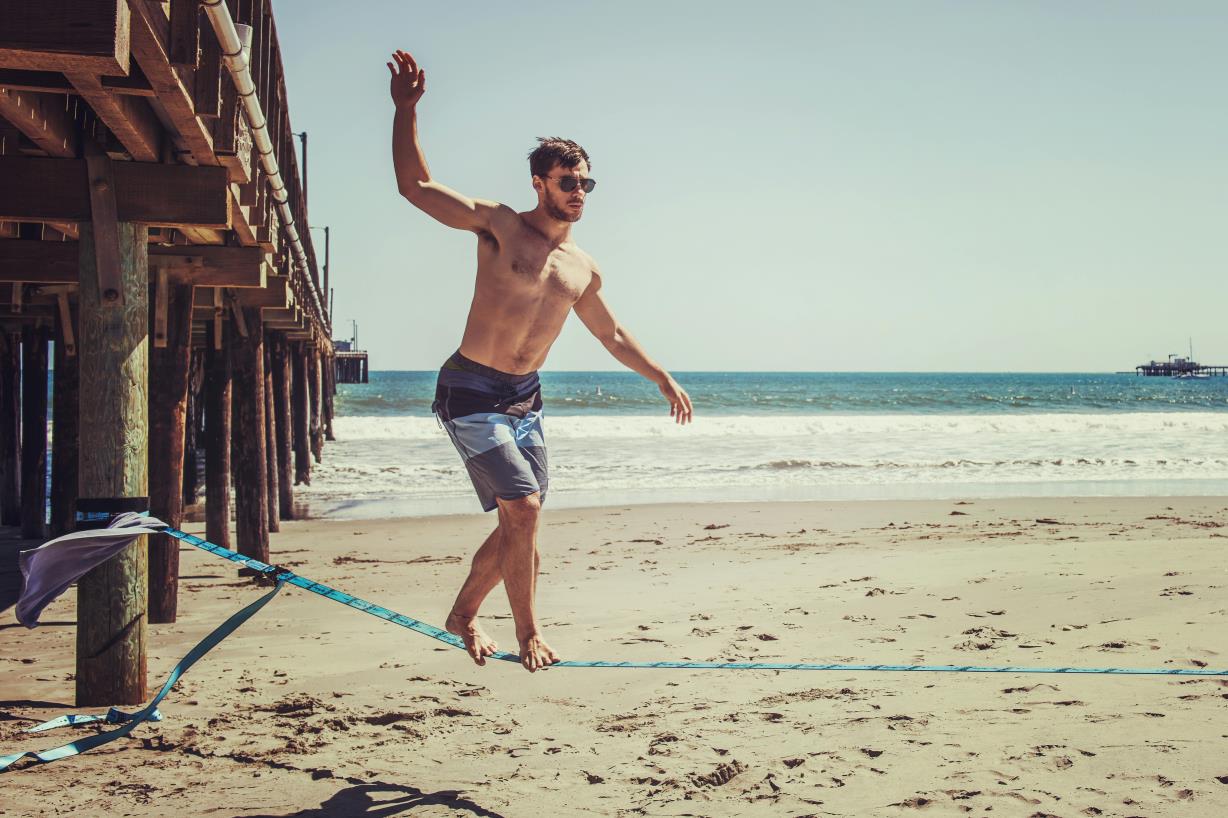
Photo by Tim Mossholder
Get some FREE resources including training plans here.
Get your FREE Guide to Running Speed and Technique
Lower Impact
As for the mechanism of walking, backward walking has less impact on the kneecaps and patello-femoral joints as the metatarsal joints come in contact with the surface first.
Fat burning is another benefit.
According to a study published in the Journal of Strength Conditioning Research in 2016, backwards running results in greater muscle activity and heart and lung activation than its forwards counterpart. Apparently, you’ll burn 30 per cent more calories, too - female students at an American university who replaced their normal workout with a backwards running three times a week lost 2.5 per cent of their body fat in six weeks. A study by the University of Dayton also found that backwards running also improved forward running economy.
Reduces knee pain
In another study published in the Journal of Biomechanics, it was also found that reverse or backward running reduced anterior knee pain. Another study by Chen et al, 2021 showed that walking backwards reduces knee pain.
Strengthen your Quads
Walking backwards has been shown to strengthen your quadriceps. Increased quadriceps size and strength protect against knee pain and cartilage loss.
Promotes Blood Flow into your Knees
The promotion of blood flow means there is more fresh blood getting into that area and aids recovery.
Builds a Natural Shock Absorber
The muscles involved in backwards walking (from your toes, through your ankle and up to your knee) act as a shock absorber (Roos et al, 2012), helping to decrease the forces your knee joint experiences with every step and is therefore protective against knee pain and deterioration.
As you can see the science backs up the claims on social media!
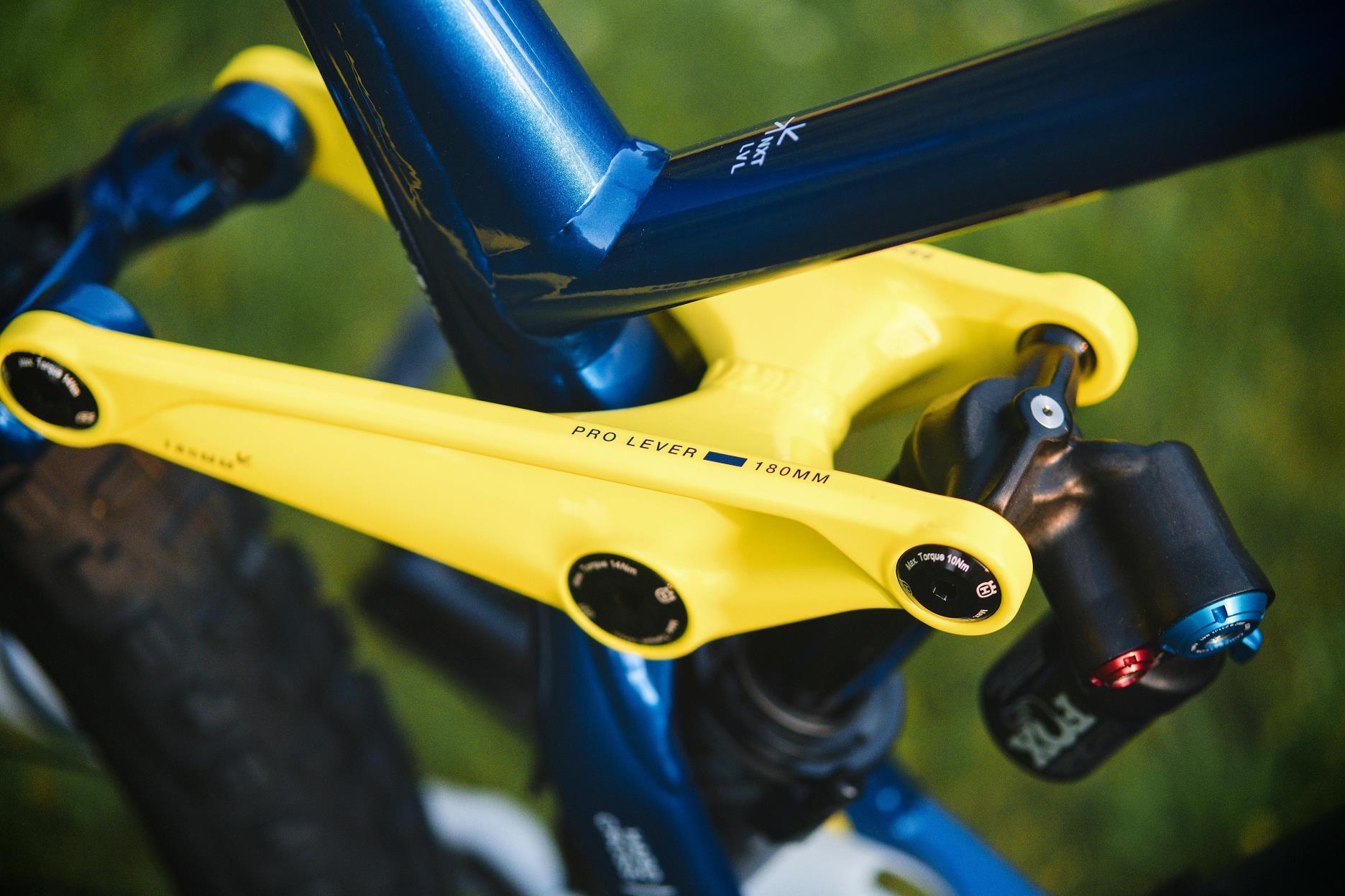
Get some FREE resources including training plans here.
Summary of the benefits of Walking or Running Backwards
- Minimizes the burden on your joints and increases muscle strength in the lower limbs
- Less impact on your kneecaps so can help with knee rehabilitation
- Activates your quads, abs and calf’s and increases your stability in the stance phase
- Can increase your memory!
- Can improve your balance
- Promotes forefoot running and walking rather than heel planting
- Can improve your posture if you spend hours in front of a PC very day
- Burns more calories than walking forwards
- It improves your forwards running economy
- Reduces knee pain
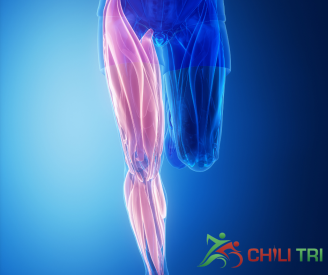
How to Integrate Backwards Running in to you Training
Backward running can easily be added into your routine by adding 1-minute of backward running drills to your normal warm up before a track session for example.
You could break up a long run by adding in a few 1-minute intervals or walking, jogging or running backwards. You could also try 1-minute forwards and 1-minute backwards during a shorter running session.
It’s always good to ensure you are in an area with no traffic, animal or people that could interrupt your backwards running and work up from walking to jogging to running.
You could try a “Deadmill” but make sure you are in a quiet area of the gym. I would not advise any more than a few minutes at a time and as always start off with just a short period until you strengthen the relevant muscles. As muscles work in pairs and walking backwards recruits a new pair, you’ll inevitably feel some initial adjustments.
As you get stronger and more confident, try walking backwards on an incline. Having balanced muscles goes a long way towards reducing joint pain.
You can also add in some lateral movements as well to give your lower body a full, multi-directional workout.
Conclusion: The Benefits of Walking Backwards
Incorporating backward running, or retro running, into your fitness routine can offer a multitude of benefits. This unique form of exercise not only enhances balance and coordination but also strengthens muscles that are less engaged during forward running, such as the quadriceps and shins.
Additionally, studies have shown that backward running can reduce knee pain and improve overall joint health. Starting with short, supervised sessions can help you safely integrate this activity into your workouts.
Embrace the challenge and enjoy the diverse advantages that backward running brings to your fitness journey!
Would you like to talk about running backwards? Get in touch here.
Karen Parnell is a Level 3 British Triathlon and IRONMAN Certified Coach, 8020 Endurance Certified Coach, WOWSA Level 3 open water swimming coach and NASM Personal Trainer and Sports Technology Writer.
Karen is currently studying for an MSc in Sports Performance Coaching at the University of Stirling.
Need a training plan? I have plans on TrainingPeaks and FinalSurge:
I also coach a very small number of athletes one to one for all triathlon and multi-sport distances, open water swimming events and running races, email me for details and availability. Karen.parnell@chilitri.com
Get your FREE Guide to Running Speed and Technique
Get your FREE Swim Workouts for Triathletes E-book
Get your FREE Open Water Swimming Sessions E-Book
FAQ: The benefits of running backwards for athletes
What is running backwards?
Running backwards, also known as retro running or backward running, involves moving in the opposite direction to traditional forward running, with the feet striking the ground in reverse order.
What are the benefits of running backwards for athletes?
Running backwards offers several benefits for athletes:
- Balance and coordination: Running backwards engages different muscles and challenges the body's balance and coordination, which can enhance overall proprioception and body awareness.
- Muscular strength and stability: Retro running targets muscles that are not typically emphasized during forward running, such as the hamstrings, glutes, and hip extensors. This can lead to improved muscular strength and stability, which can help prevent imbalances and reduce the risk of injuries.
- Posture and core activation: Running backwards encourages an upright posture and engages the core muscles to maintain balance and stability.
- Cardiovascular fitness: Retro running can increase heart rate and oxygen consumption, providing a cardiovascular workout similar to forward running but with a different muscle activation pattern.
- Lower impact: Running backwards can be less impactful on the joints compared to forward running since the body absorbs the impact differently.
How should running backwards be incorporated into a training routine?
Running backwards can be incorporated into a training routine in various ways:
- Warm-up or cooldown: Include a short distance of running backwards as part of your warm-up or cooldown routine to activate different muscles and prepare the body for forward running or promote recovery.
- Interval training: Incorporate intervals of running backwards during a training session. For example, alternate between forward running and backward running for specific distances or time intervals.
- Strength and conditioning: Use running backwards as a component of strength and conditioning workouts. For instance, perform backward hill sprints or incorporate backward running drills into a circuit training routine.
- Cross-training: Use retro running as a form of cross-training to add variety and challenge to your training program. It can be an excellent option on days when you want to give your joints a break from the impact of forward running.
Are there any precautions or considerations when running backwards?
Running backwards requires additional caution and awareness:
- Terrain and surroundings: Choose a clear and obstacle-free area to minimize the risk of tripping or colliding with objects or other people.
- Start slowly: Begin with short distances and gradually increase the intensity and duration of backward running to allow your body to adapt.
- Body awareness: Maintain an upright posture, engage your core, and be mindful of your body's alignment to avoid straining muscles or joints.
- Visual awareness: Constantly scan the area behind you to ensure a safe running path and be aware of potential hazards.
Who can benefit from running backwards?
Running backwards can benefit athletes of various disciplines, including runners, triathletes, and team sport athletes. It offers a unique challenge and can be a valuable addition to cross-training routines or as a supplementary training method to enhance overall athleticism.
Remember, it's always advisable to consult with a qualified coach or sports professional to determine if running backwards is suitable for your specific needs, goals, and training program.
References
Backward Running: The Why and How to Program for Better Athleticism
Aaron Uthoff, Jon Oliver, John Cronin and Paul W Winwood
The Effects of Backwards Running Training on Forward Running Economy in Trained Males
#backwardsrunning #reverserunning #retrorunning #chilitri #running #drills #triathlon #traithlontrainingplans #swimmingtrainingplans #runningtrainingplans
